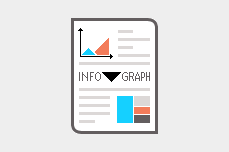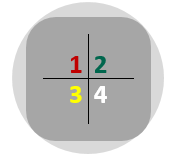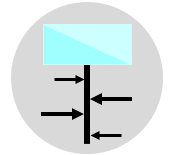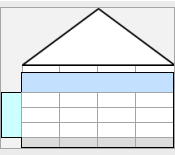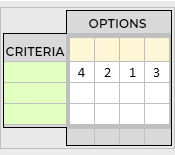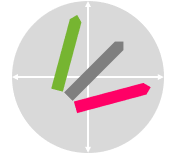
Also known as Kano Modelling and Kano Mapping.
Customer needs and expectations are dynamic and keep changing over time. This requires companies to revise and assess these needs from time to time to adapt to the changing environment. The Kano analysis is a valuable tool that is used to identify and categorize customer needs based on their preferences, comments, and reviews. The results of the analysis can then be considered when evaluating potential opportunities for improvement.
Kano analysis is frequently used to capture the voice of the customer in order to categorize and prioritize all forms of customer feedback, which can be collected simply through interviews and standardized questionnaires. This analytical model allows to understand how product or service features impact customer satisfaction. This provides an in-depth insight into the dynamics of customer preferences and allows to be able to respond more objectively.
Basically, the Kano model classifies product and service features into three primary groups: “must-be,” “performance,” and “delight” features. Additionally, two other groups, “indifferent” and “reverse” features, can be considered during the analysis. These five feature groups are based on what customers say is important and how they value products and services.
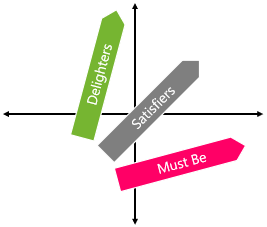
The Five Groups of Features
The results of collecting the voice of the customer information and categorizing customer feedback can be presented in a Kano diagram. This diagram has two axes, a vertical axis which represents customer satisfaction, and a horizontal axis which represents feature presence or the degree of feature implementation. Product and service features can then be plotted on the appropriate group of the Kano model.
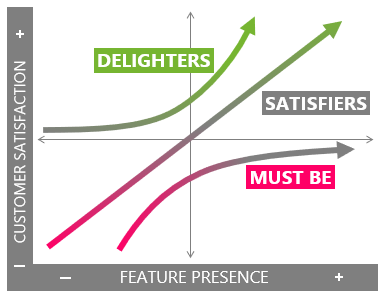
Click to enlarge

Encourage customer participation in the Kano mapping process whenever possible. In cases where direct customer interaction is not possible, consider employing methods such as direct observation of customers to identify their priorities. If direct engagement with customers is unattainable, collaborate with individuals who have regular customer interactions, such as sales professionals and customer service representatives, to generate insights and inputs.
Conducting a Kano Analysis
The following steps explain how to conduct a Kano analysis exercise:
- With your team, define the purpose of the Kano analysis.
- Brainstorm all possible product or service features.
- Brainstorm everything that can be done to delight customers.
- Classify the collected features into the Kano groups. Get customers to do the classification where possible.
- Think of ways to improve customer satisfaction and retention (ensure your have the basic features, ensure you provide the best possible performance, and ensure you are delighting your customers from time to time).
- Agree on the actions you need to take to improve the current situation.

Example
To illustrate how the Kano model works, think about studying customer satisfaction in an airline’s economy class. First, brainstorm all possible service features and classified them into the three main Kano groups, as illustrated in the example below.

Then, include customer satisfaction data obtained from past surveys or alternative reliable data sources, as illustrated below.

The same information has been presented graphically in a Kano diagram, utilizing numerical values from the satisfaction data.


Kano analysis can be helpful to show how customer needs are constantly changing as time goes on. The features that are considered delighters today are the must-be of tomorrow.

Wrapping Up
In summary, Kano Analysis is a valuable tool for understanding and categorizing customer needs and expectations. It helps organizations adapt to changing customer preferences, ultimately improving customer satisfaction. Kano diagrams are used to categorize and visualize customer feedback, helping organizations better understand customer preferences and prioritize improvements to products or services.
Other Formats
Do you want to use the slides in your training courses?

Kano Analysis Training Material – $18.85
Related Articles
Related Templates







